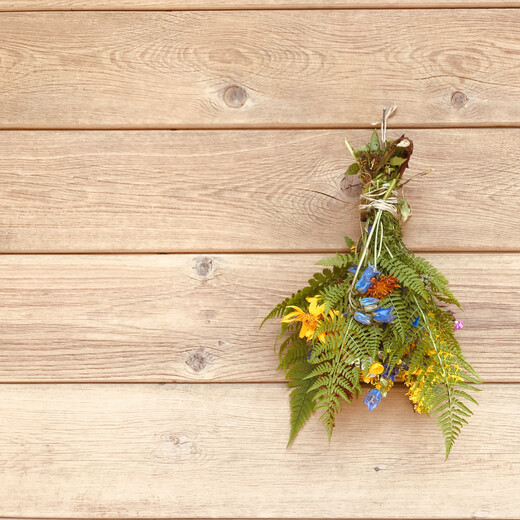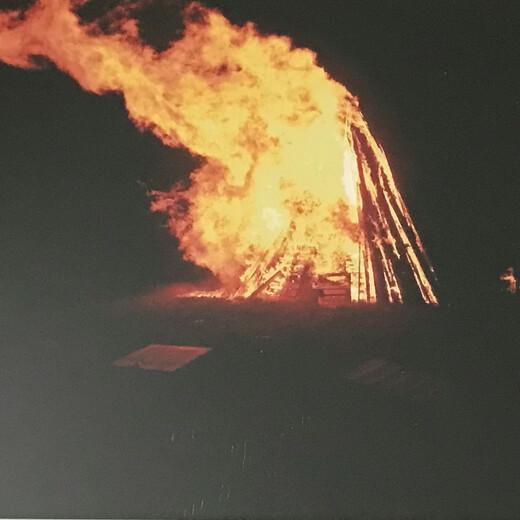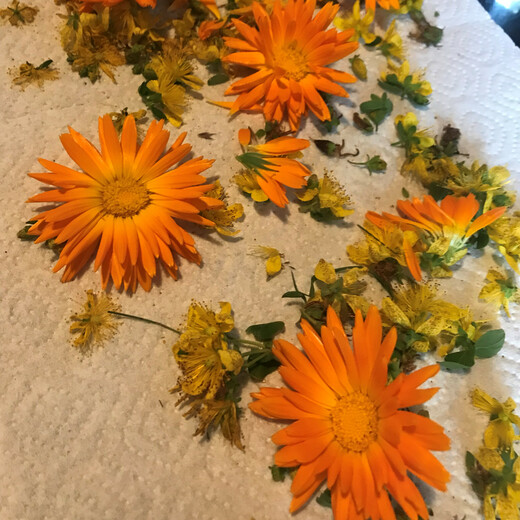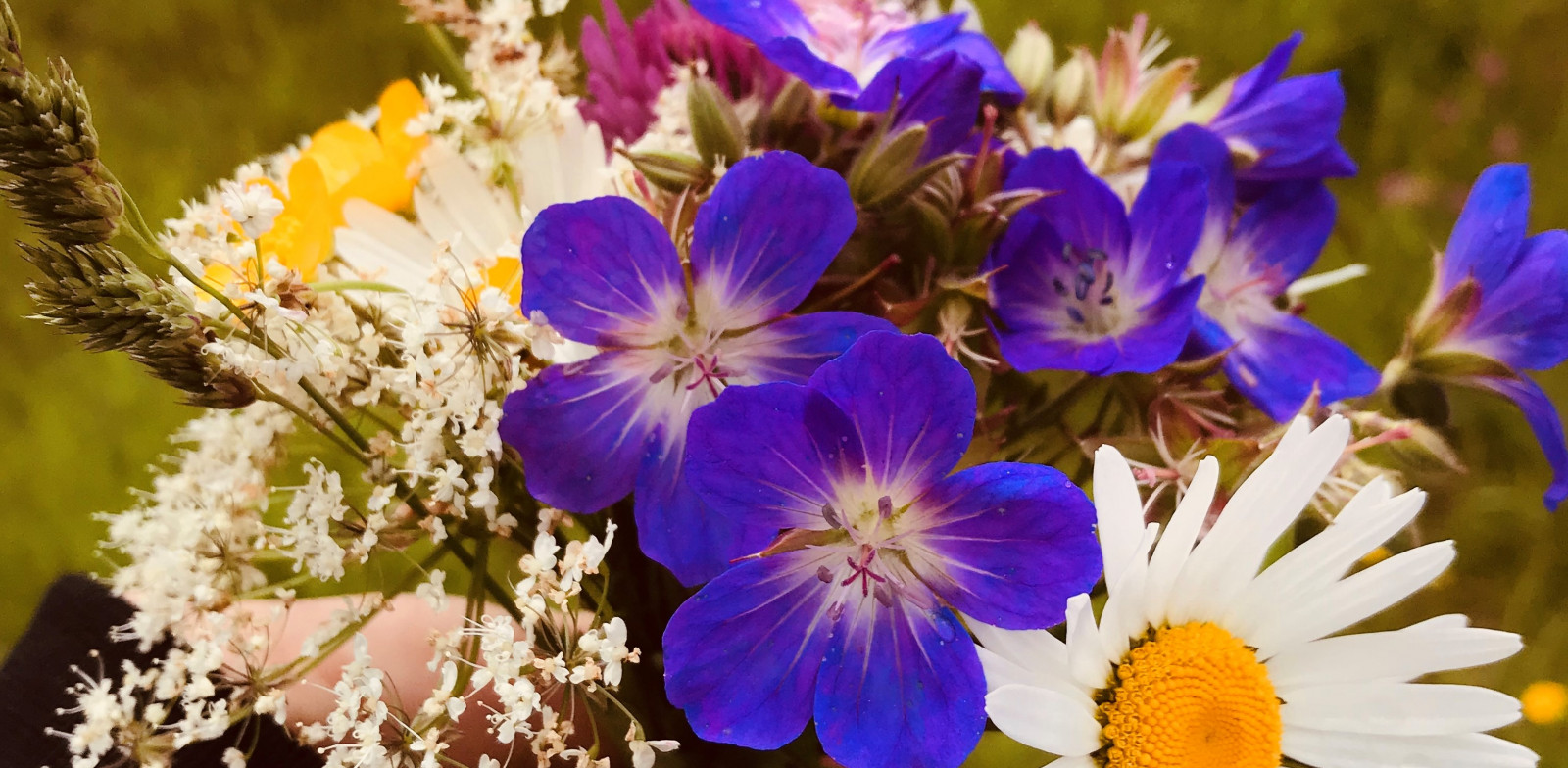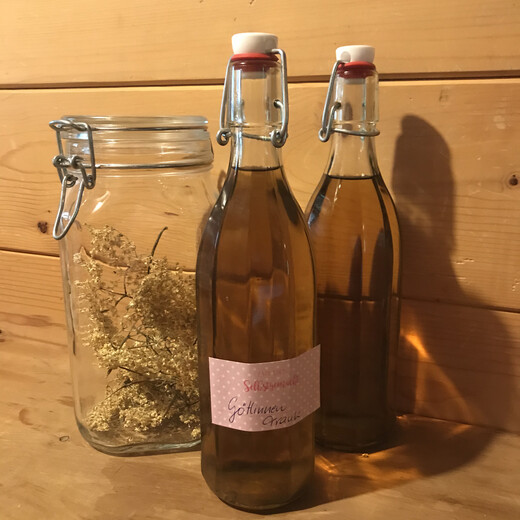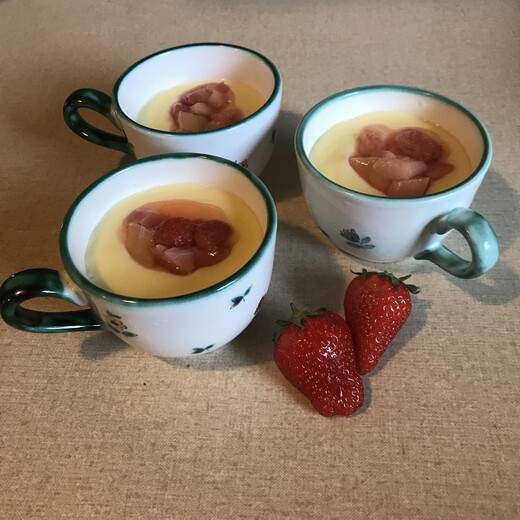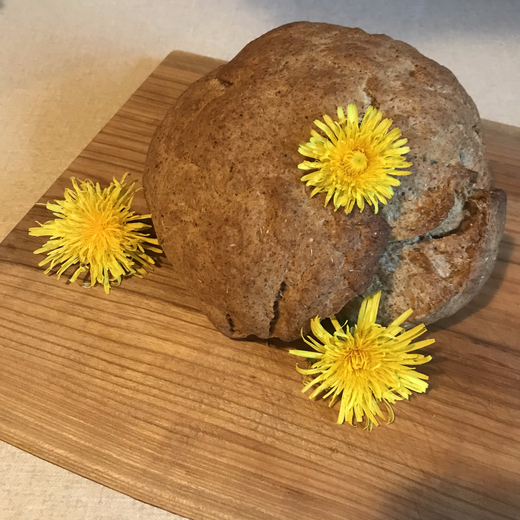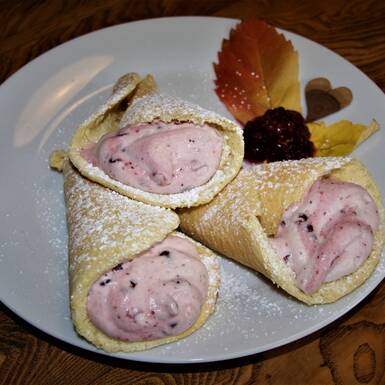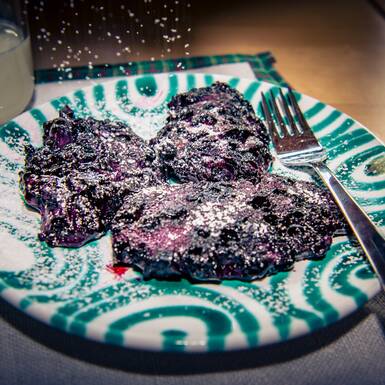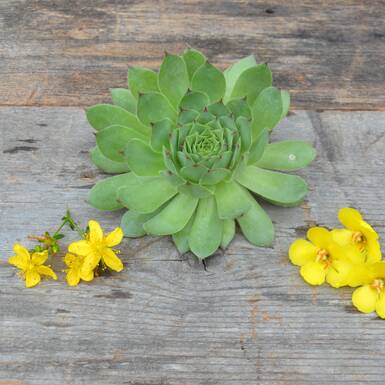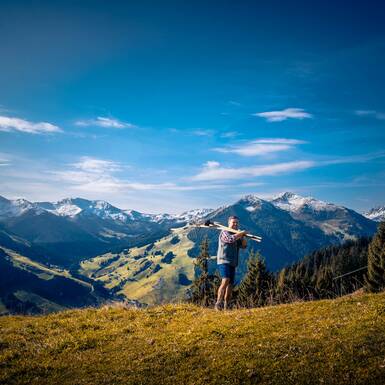- Traditions
Stories & Traditions surrounding the Summer Solstice
Many traditions that have been maintained to this day originate from a time when observing nature played an essential role. Without weather reports and technical aids, people had to make decisions about sowing the seeds, harvesting, and completing the work that needed to be done. The Summer Solstice has always been one of the most critical fixed points in the annual calendar. It marks the longest day and the shortest night of the year and is astronomically fixed. It is a time when nature is at its peak, also in the Alps. The difficult phase of sowing is over, harvest time has not yet begun, and winter is far away. At the Summer Solstice, celebrations of joy and life are still celebrated to this day.
Stories & Ancient Customs for the Summer Solstice
Records tell of festivals lasting several days on the Summer Solstice. Even among the Celts, the focus was on the power of the sun and the high fertility of nature. God and goddess appeared in their supreme power at this time of year. The female aspect was considered the focus of the festival. Since time began, fire has been regarded as a symbol of the sun and so large fires were lit on this occasion. People used this quality of time to transform negative energies through the flames. Couples jumped through bonfires together to strengthen their bond, and sick people walked through to cleanse themselves of bad energies. Women brewed different beers to which they added certain herbs and, therefore, various effects.
The Summer Solstice as a fix mark in the calendar
The Summer Solstice is still considered the most important time for the harvesting of herbs. Herbs associated with the sun are said to have an extremely strong healing power at this time. In addition, protective plants were harvested for the Solstice bush, which was supposed to protect against storms in the coming midsummer.
Additional names for the Summer Solstice are Litha, Midsummer, Summer, Solice and Alban Heruin.
Old customs for the Summer Solstice
- Solstice fires - large fires lit together on the mountain and in the valley
- Sun wheels - fire wheels and fireballs are rolled off mountains.
- Sonnwendkranzl - colourful, fragrant herbs are tied into wreaths and hung up in the house and stables. They provide protection and blessings.
- Solstice herb bouquets - weather bouquets - as protection for the coming year.
- Solstice herb bouquets - small Solstice bouquets are tied and given to loved ones.
Traditional recipes for the Summer Solstice
At this time of year, nature bestows its bounty on people. And so, in many places, people still cook, bake and brew today:
Wild Herb Bread
Mix 500 g wholemeal wheat flour with 250 ml buttermilk, a teaspoon of salt, a teaspoon of apple vinegar, half a packet of fresh yeast, five to ten teaspoons of olive oil and a handful of freshly chopped wild herbs, knead, and leave to rest for an hour. Then knead thoroughly and let it rise again. The dough can then be baked into small rolls or a loaf in the shape of the sun. Bake the bread or rolls at 180° C.
Potion of the Goddesses
Prepare five elderflower blossoms, a small handful of rose blossoms, a handful of lady's mantle, yarrow and red clover blossoms, an apple, some vanilla and some tonka beans with one litre of Calvados, 500 ml of water and 250 g of sugar. Bring the water and sugar to the boil, pour all the ingredients into a screw-top glass, and leave to stand for about three weeks. Then fill it into a nice bottle. Strengthens femininity and provides inner and outer beauty.
Strawberry Rhubarb Magic
Wash, clean and cut 20 grammes of strawberries into small pieces.
Wash 20 grammes of rhubarb, peel and cut into small pieces.
Bring some water to the boil in a pot, add the fruit and cook until soft. Remove the pot from the cooker and leave to infuse. Then sweeten with a little honey.
Tastes delicious with tasty vanilla pudding!
In Saalbach and the surrounding regions, large fires are lit every year on the mountainside and in the valley. For all information, please refer to the current weekly programme. Special tip: the view of the mountain fires and the Edelweiss symbol shining into the valley in neighbouring Saalfelden!
*P.S.: When collecting herbs, be sure to observe the nature conservation ordinances. If necessary, you can also grow herbs that are protected as wild growth in the garden or buy them in gardening shops. An important rule is: never pick more than one-third of the plants!

